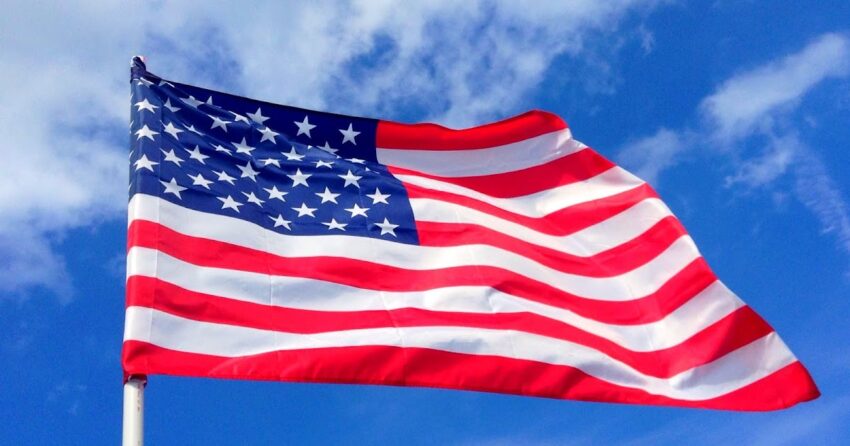Over the last few decades, adaptive clothing has evolved significantly from basic medical garments to stylish fashion items. Where early designs focused solely on functionality, modern adaptive clothing aims to empower people through fashion. Clothing companies now work closely with disabled communities to develop designs that meet both practical needs and express individual styles. This participatory approach has driven major advancements in comfort, aesthetics, and range of options.
Some of the earliest adaptive clothing consisted of orthopedic shirts and pants with reinforced seams, zippers, and closures to aid those with limited mobility or dexterity. While fulfilling a need, these garments did little to reflect personal identity and preferences. By the 1990s, companies began experimenting with fabrics, silhouettes, and customization to make adaptive clothing more tailored and appealing. Neoprene, Lycra, velcro, and magnetic closures became staples that allowed for flexibility, breathability, and independent dressing. Styles also diversified beyond basic tops and bottoms into a wider spectrum of dress and loungewear options.
Today’s Top United States Adaptive Clothing
A variety of innovative clothing brands now lead the way in inclusive, empowering design. Tommy Hilfiger’s adaptive collection introduces pull-on pants, dresses with back zippers, and button-down shirts with magnetic closures instead of small buttons. The line emphasizes subtle rather than overtly medical styling through fitted silhouettes, blended fabrics, and neutral prints. Tommy Adaptive works closely with disabled models and advisors to develop flattering, universally-sized pieces.
Another premier brand is Untuckit, known for their dress shirts designed to be worn untucked. Their new adaptive collection utilizes specialized front closures that are discreet yet provide full closure access. These stylish button-downs come in cotton, linen, and other breathable summer-friendly materials. Untuckit highlights confidence and individuality through diverse model representation and descriptive rather than limiting product labeling.
Designing For Specific Needs And Conditions
While generalized adaptive clothing fills many needs, some designers specialize in very specific dis/ability conditions or injury types. Petal Pushers makes custom lingerie for women with limited mobility, scar tissue, or post-mastectomy needs through innovative breast support solutions. Their soft, lace tops use breathable materials and innovative closure designs to ensure comfort. Other brands focus on adaptive footwear, outerwear, or specialized support garments for conditions like cerebral palsy, arthritis, spinal cord injuries, and more.
Community and inclusivity are central to their mission. Brands like Fashable promote self-advocacy through fashion while raising disability awareness. Their designs address practical challenges and embrace self-expression through colorful, trend-forward styles. Recognizing that disabilities vary widely in both type and severity, Fashable aims to be a unifying voice in the complex adaptive fashion space. They regularly share stories, advice, and product recommendations to support people navigating their individual needs and identities.
Spreading Awareness And Accessibility
As adaptive styles gain prominence, mainstream retailers are expanding their own inclusive clothing options. Stores like Target, ASOS, and JCPenney now carry in-house adaptive lines using magnetic closures, pull-on bottoms, and other accessibility features. Department stores and malls are also building more inclusive dressing rooms and fitting spaces. Many brands are pursuing universal design principles to make styles supportive for diverse customers. Modifications like elastic waistbands, adjustable closures, and one-handed dressing solutions create flexibility for people of all abilities.
The adaptive fashion receives growing representation at major events. New York and London Fashion Weeks regularly include adaptive and plus-size models on runways. Disability advocates are increasingly shaping conversations around inclusive, representation, and sustainable accessibility standards. The growing adaptive clothing sector reflects broader societal efforts toward disability rights, diversity, and normalization. As the field continues advancing through innovation and community partnership, fashion gains further potential as a tool for empowerment, self-expression, and social inclusion.

